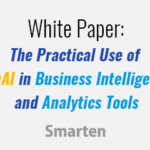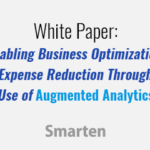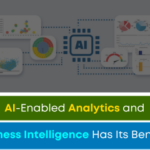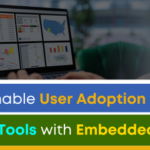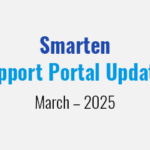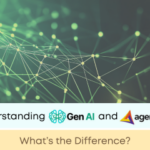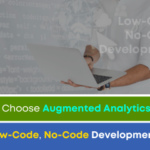This article describes the analytical technique of gradient boosting regression.
What is Gradient Boosting Regression?
Gradient Boosting Regression is an analytical technique that is designed to explore the relationship between two or more variables (X, and Y). Its analytical output identifies important factors ( Xi ) impacting the dependent variable (y) and the nature of the relationship between each of these factors and the dependent variable.
Gradient Boosting Regression is limited to predicting numeric output so the dependent variable has to be numeric in nature. The minimum sample size is 20 cases per independent variable.
To understand Gradient Boosting Regression, let’s look at a sample analysis to determine the quality of a diamond:
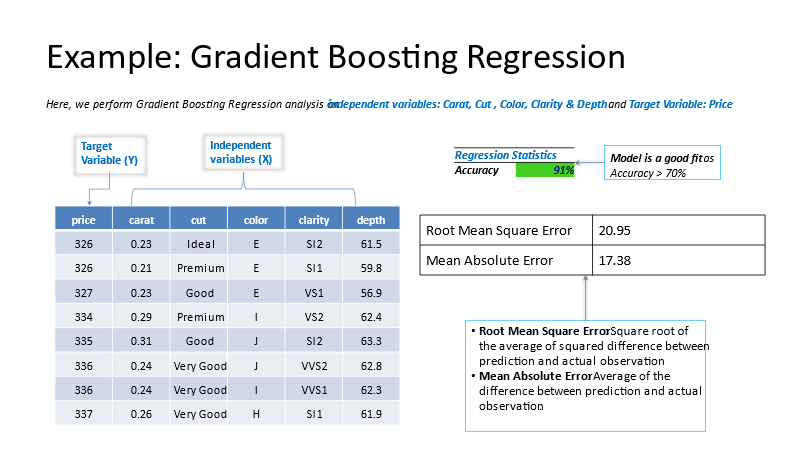
How Can Gradient Boosting Regression Be Helpful for Your Enterprise?
If we consider the use cases below, we can see the value of Gradient Boosting Regression.
Business Use Case – eCommerce
Business Problem: An eCommerce business wishes to measure the impact on product sales by product price, product promotions during a festival or season.
Input Data: Predictor/Independent Variable(s)
- Product price
- Product promotions and discounts
- Dates fall within or outside Season/Festival
Dependent Variable: Product Sales Data
Business Benefit
- Sales Managers can analyze which of the Predictors included in the analysis will have significant impact on product sales
- Targeted sales strategies will include consideration of appropriate predictors to ensure accuracy
- If promotions and seasons/festivals are significant factors, with a positive coefficient, these factors can be included in a marketing strategy to improve sales
Business Use Case – Agriculture
Business Problem: An agriculture production business wishes to predict the impact of the amount of rainfall, humidity, temperature etc. on the yield of a particular crop.
Input Data: Predictor/Independent Variables
- Amount of rainfall during monsoon months
- Humidity levels/measurements
- Temperature measurements
Dependent Variable: Crop production
Business Benefit
- The business can understand the impact of each predictor on the target variable
- If temperature and rainfall have a positive significant impact but humidity has a negative significant impact on crop yield it can adjust crop production to accommodate high temperature and rainfall levels and low humidity levels to produce the desired crop yield.
The Smarten approach to augmented analytics and modern business intelligence focuses on the business user and provides tools for Advanced Data Discovery so users can perform early prototyping and test hypotheses without the skills of a data scientist. Smarten Augmented Analytics tools include assisted predictive modeling, smart data visualization, self-serve data preparation, Clickless Analytics with natural language processing (NLP) for search analytics, Auto Insights, Key Influencer Analytics, and SnapShot monitoring and alerts. These tools are designed for business users with average skills and require no specialized knowledge of statistical analysis or support from IT or data scientists. Businesses can advance Citizen Data Scientist initiatives with in-person and online workshops and self-paced eLearning courses designed to introduce users and businesses to the concept, illustrate the benefits and provide introductory training on analytical concepts and the Citizen Data Scientist role.
The Smarten approach to data discovery is designed as an augmented analytics solution to serve business users. Smarten is a representative vendor in multiple Gartner reports including the Gartner Modern BI and Analytics Platform report and the Gartner Magic Quadrant for Business Intelligence and Analytics Platforms Report.



